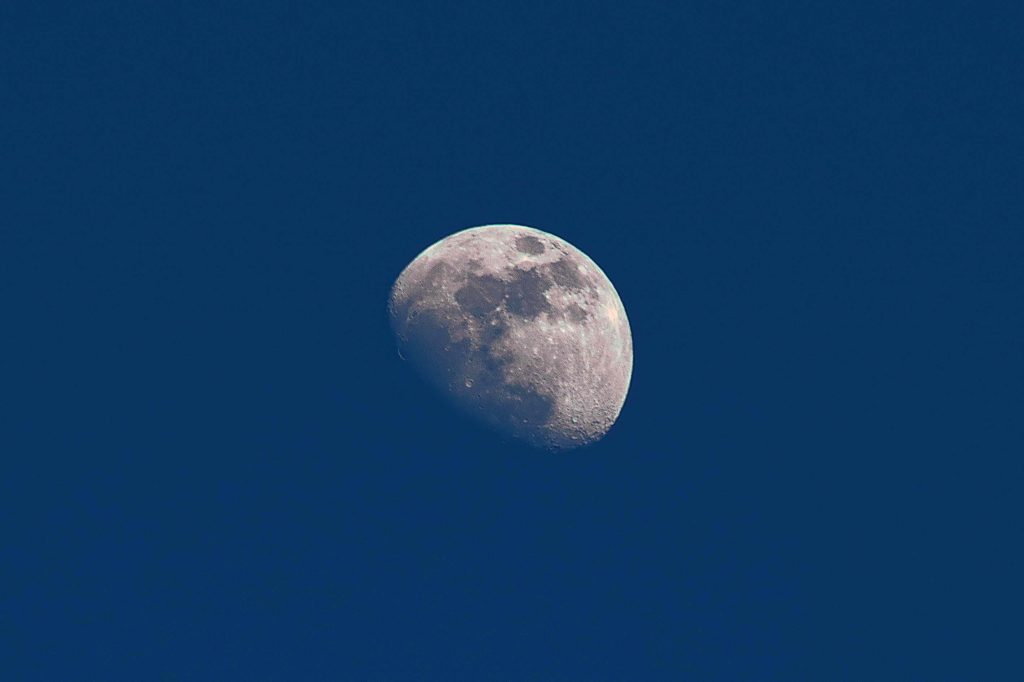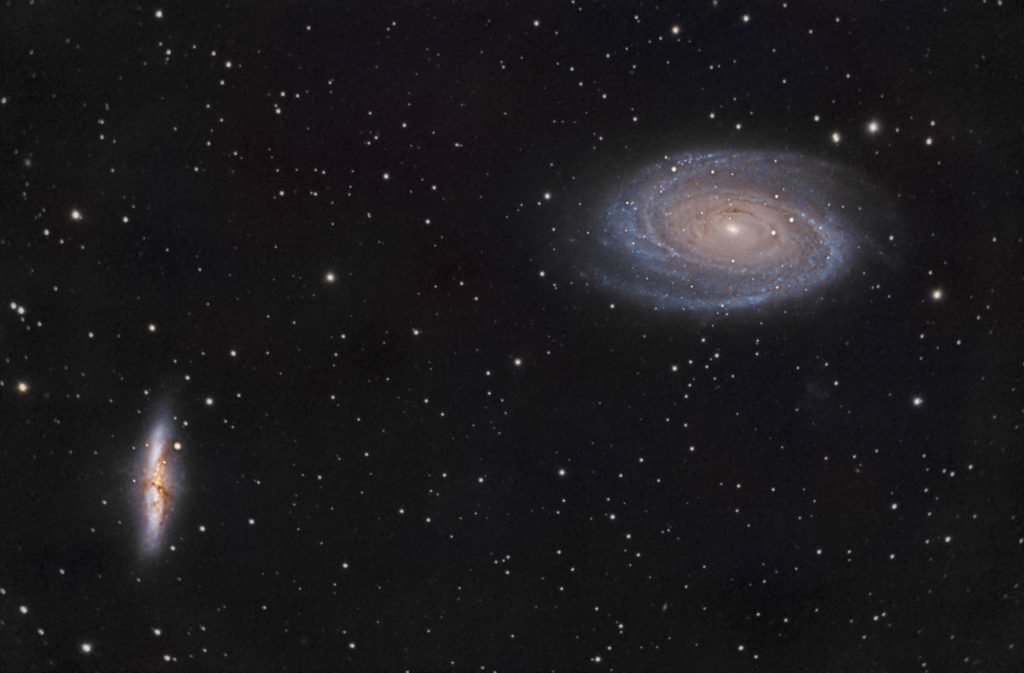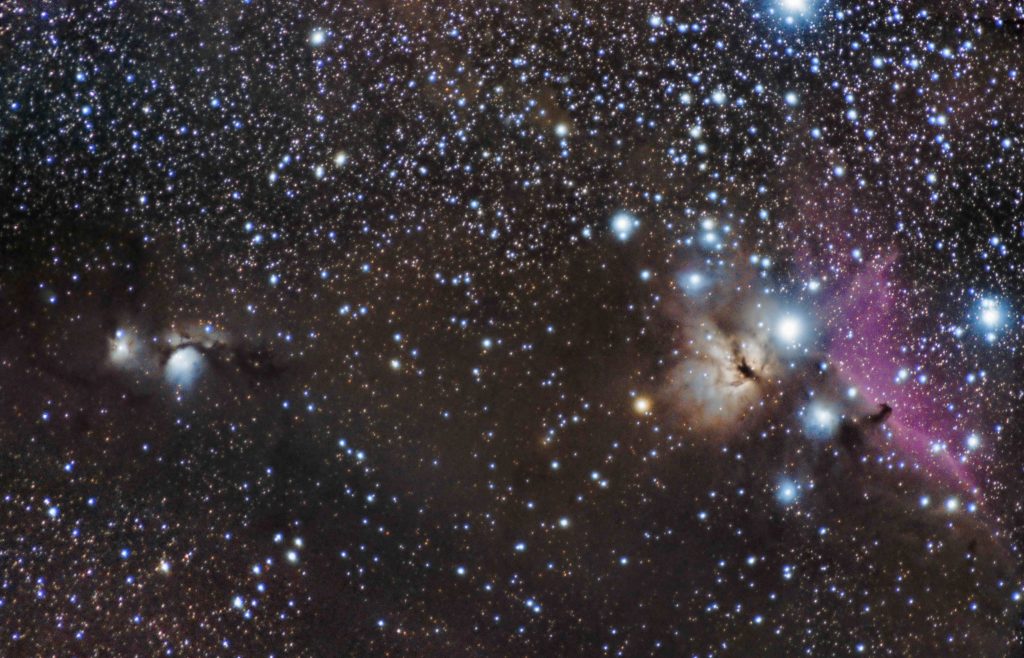TUTORIALS

How to Load PixInsight Process Icons at Startup
Pixinsight is well known for its process-oriented work environment that allows the application of processes to images regardless of the previous state of the image. This leads to the frequent use of some processes during each imaging set, as well as processes with many settings tweaked for your own needs (such as with ImageIntegration, StarAlignment and MultiscaleLinearTransform). This has led to many people wanting to be able to save a set of process icons to use every time PixInsight loads. Although PixInsight already offers the option to save sets of process icons, you can also set up the program to load any sets that you want on startup, even if you don't select the set to launch the program! Read More »
How to Take Bias Frames for DSLRs
Bias, or offset, frames are the simplest calibration frames utilized in astrophotography because there are no demanding criteria or setup concerns, and they can be saved and used for months. Bias frames are actually fairly important, both for your light frames and for your flat frames. In fact, proper use of bias frames is required in order for flats to calibrate your light frames properly and to remove unwanted artifacts from the lights themselves Read More »
EQUIPMENT

The Optolong L-Pro 2″ Light Pollution Filter
The Optolong L-Pro Light pollution filter is a multi-bandpass filter optimized for various emission spectra in reflection nebulae and galaxies, and to remove multiple common artificial light sources as well (such as Mercury or Sodium vapor lamps). It comes in various form factors for individual camera use, or telescope use, including a 2″ and 1.25″ form factor. It contains Read More »
Starizona 0.63x SCT Reducer & Corrector
The Starizona 0.63x SCT reducer and corrector is a phenomenal piece of equipment for demanding tasks on SCTs, such as deep sky astrophotography with large total integration times. It both decreases the focal length as with a standard reducer, while also flattening the field by eliminating the coma and other optical imperfections present with SCTs in particular. Although this thing isn’t cheap, I found great success with it. The most noteworthy aspect was how it didn’t introduce heavy gradients such as with the cheaper Antares reducer I used to use. This leads to Read More »
Antares f/6.3 Focal Reducer for SCTs
The Antares f/6.3 Focal Reducer for Schmidt-Cassegrain Telescopes is a low-price option for reducing the focal length of your Schmidt-Cassegrain telescope from f/10 to f/6.3. This “speeds up” the optical train by reducing the focal length and magnification of the scope, requiring less time to integrate the same signal. A focal reducer along this line is probably the most common accessory bought for SCTs because for beginners Read More »
BLOG

Advice for Starting Amateur Astrophotography
There are many forum posts out there about how people started out in astrophotography and what their advice is for those who are also beginning. Many of these posts are really helpful since it can be overwhelming trying to get started. Here are some of the most common things out there from those giving advice to beginners: get a low focal length scope and image wider fields of view, spend roughly half of your entire budget on the mount, spend a lot of time getting used to aligning and working with your mount and setup, and don’t take on everything at once; small steps. Generally speaking I think these are good points to consider, especially for those who don’t have a ton of hours a week to spend working on the hobby Read More »





